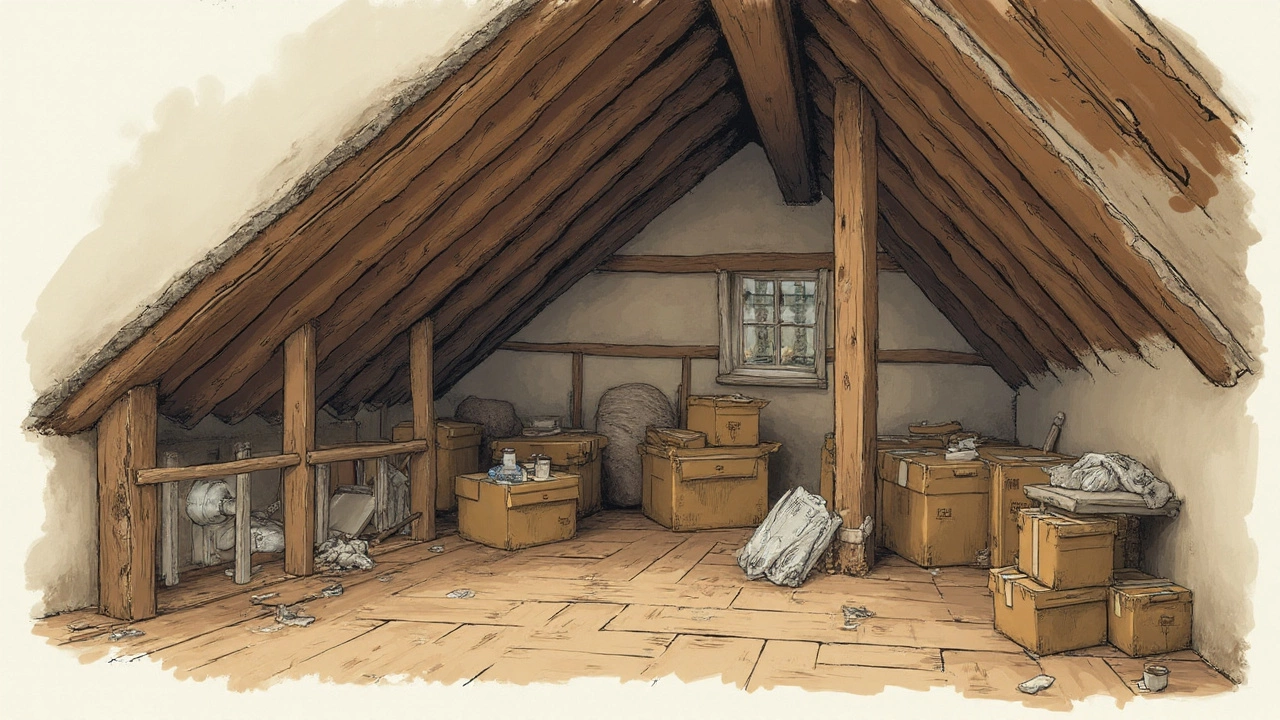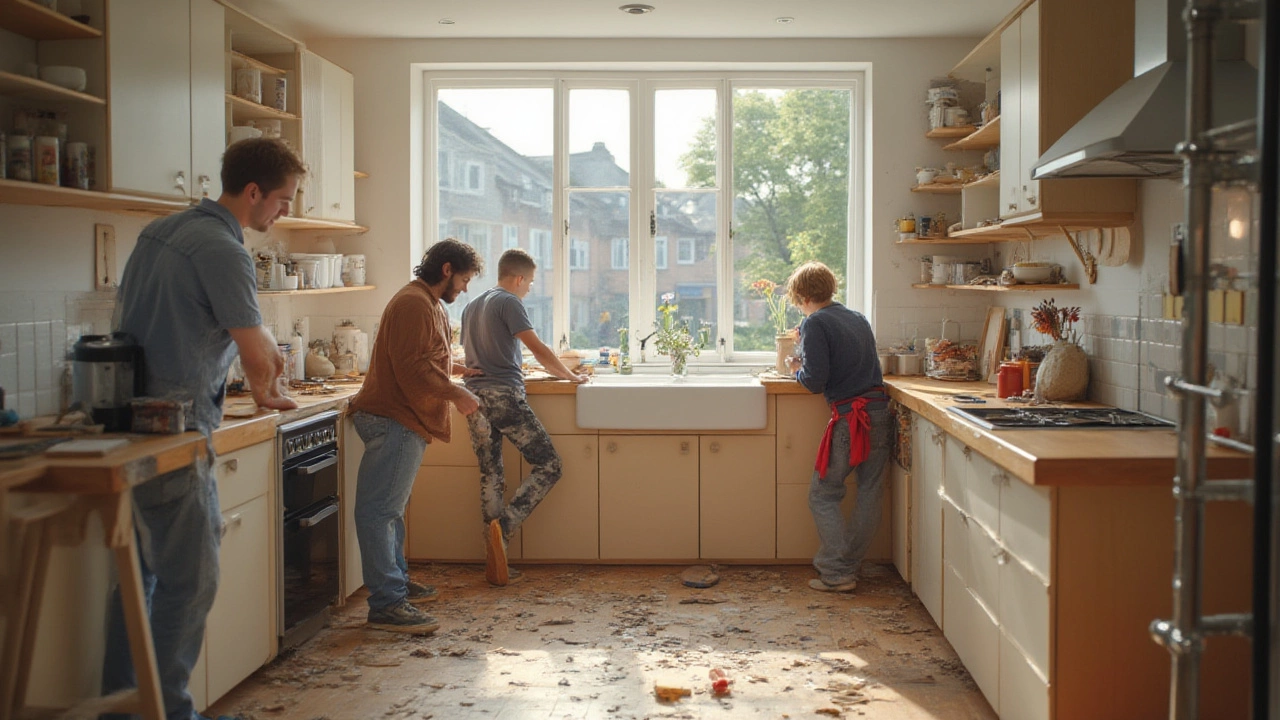Home Renovation Tips: Real‑World Advice for Every Project
If you’re thinking about fixing up your house, the first thing you’ll hear is “plan everything”. That’s not just a buzzword – it’s the difference between a smooth build and a nightmare that drags on forever. In this guide we’ll break down the steps you really need to take, from setting a budget to deciding what work comes first. No fluff, just clear steps you can start using today.
Start with a Concrete Plan and Budget
The biggest mistake homeowners make is jumping straight into demolition. Before you swing a hammer, sit down with a notebook or a simple spreadsheet. List every room you want to touch, note why you need the work, and rank each item by priority. Then, research average costs for the trades you’ll need – kitchen remodels, bathroom upgrades, loft conversions, etc. Use sites like Checkatrade or talk to three local contractors to get realistic numbers.
Once you have a rough total, add a 10‑15% buffer for hidden expenses. Those surprise costs show up when you discover outdated wiring, damp walls, or a roof that needs reinforcement. By planning for them now you won’t be scrambling for cash mid‑project.
Know the Right Order of Work
Getting the sequence right saves time, money, and headaches. Think of a house renovation like building a cake – you can’t frost before you bake. Start with any structural changes: moving walls, adding a loft conversion, or extending the footprint. Next, tackle rough‑in work such as plumbing, electrical, and insulation. These tasks often require opening the walls, so doing them early prevents you from tearing out finished floors later.
After the rough‑in, move to second‑fix: installing cabinets, fitted kitchens, bathroom fixtures, and internal doors. Finally, finish with decorating – plaster, paint, flooring, and trim. Sticking to this order means you won’t have to protect freshly painted walls from dust or re‑do a floor when a new pipe is installed.
While you’re following the sequence, keep communication open with your tradespeople. A quick weekly check‑in can catch issues before they become big problems. If a plumber spots a hidden leak, you can decide whether to fix it now or defer it, and you’ll know exactly how it impacts the timeline.
One more tip: if you’re adding a loft conversion, double‑check headroom and truss layout early. Some lofts can’t be converted because the roof is flat or the joists are too close together. Knowing this before you order steel beams saves weeks of waiting for redesigns.
Renovating a house isn’t a sprint; it’s a marathon. By starting with a solid plan, budgeting for the unexpected, and following the right order of work, you keep the project moving forward and avoid the stress that comes from surprise setbacks. Ready to get started? Grab a notebook, sketch out your dream spaces, and turn those ideas into a realistic roadmap. Your future self will thank you when the dust settles and the new rooms are ready to live in.












